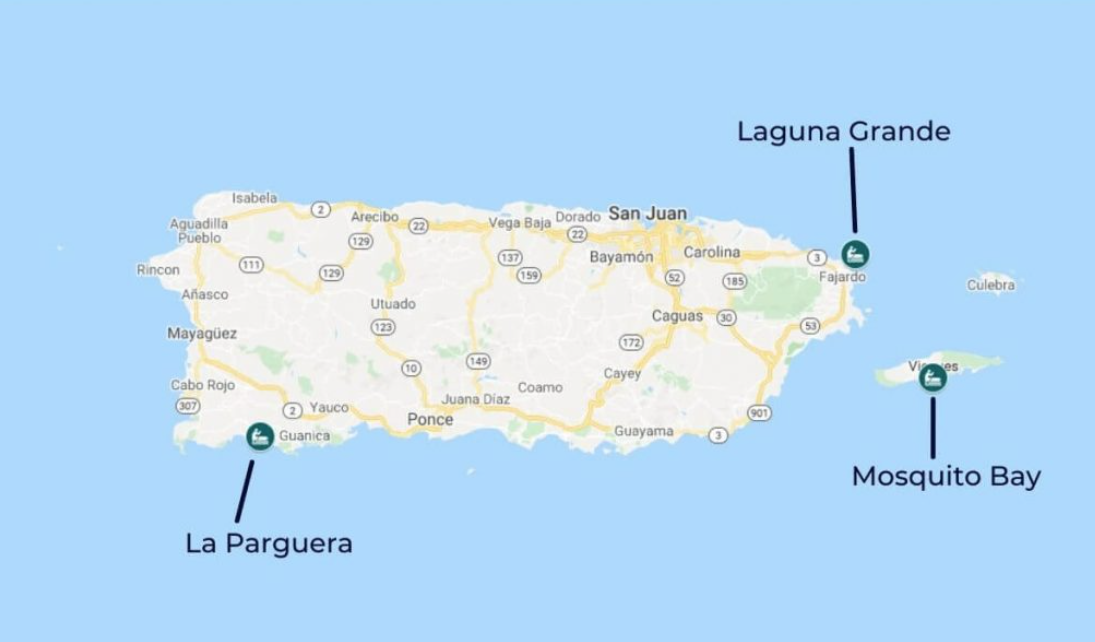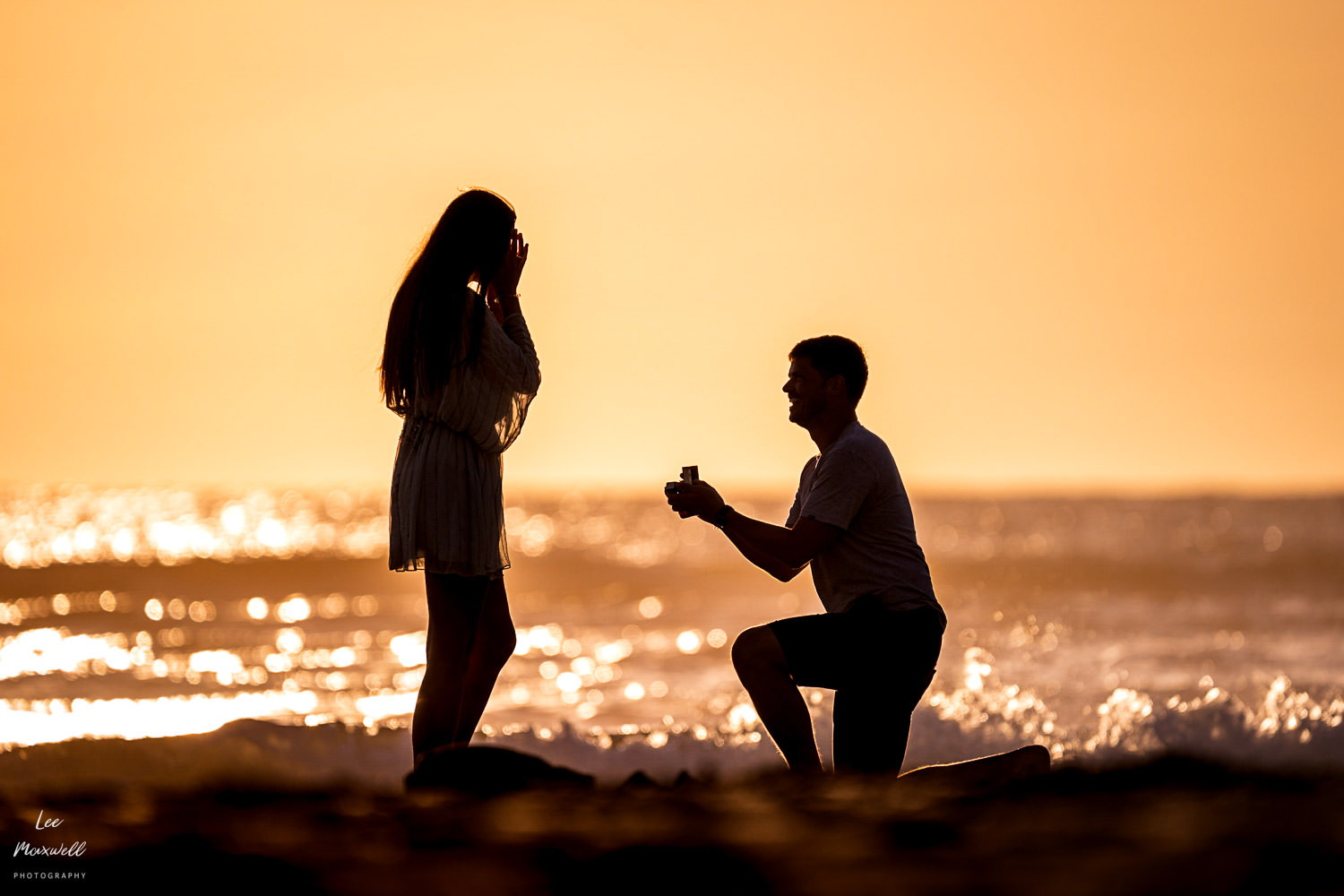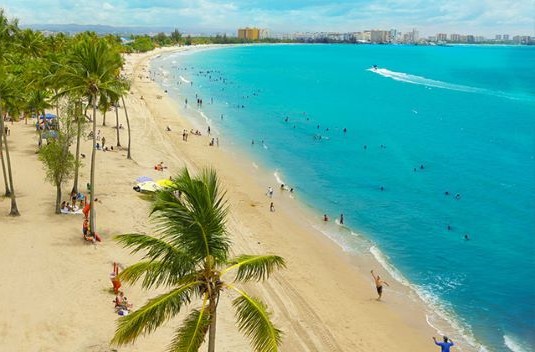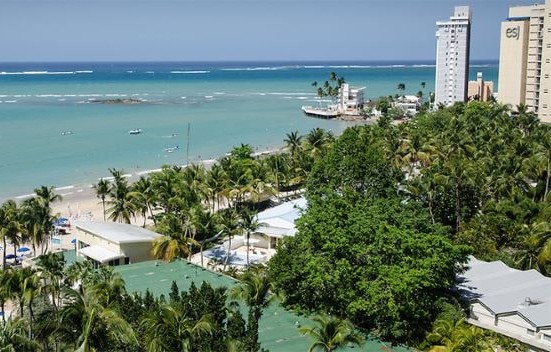Bioluminescent Bay Tours in Puerto Rico

Bioluminescent bay tours are among Puerto Rico’s most magical experiences: every paddle stroke or fingertip swirl sets the water sparkling with electric-blue light. This glow comes from millions of microscopic dinoflagellates—most commonly Pyrodinium bahamense—that emit light when disturbed. The island has three tour-friendly biobays: Laguna Grande in Fajardo on the northeast coast, Mosquito Bay on Vieques (widely considered the world’s brightest), and La Parguera in Lajas on the southwest coast. Each has a different feel, from mangrove tunnels to mirror-calm lagoons, and all reward a bit of planning around moon phase, weather, and responsible tour operators.
Where to Go: The Three Biobays
Laguna Grande (Fajardo) is the most accessible from San Juan—about an hour’s drive—making it the top pick for visitors with limited time. Tours usually run by kayak along a narrow mangrove channel before opening into the lagoon. Expect a short but scenic paddle and the convenience of pairing your trip with a day on the northeast coast, such as a beach stop at Luquillo Beach or a food crawl at the Luquillo Kiosks.
Mosquito Bay (Vieques) is the crown jewel: exceptional brightness on moonless nights, broad open water, and a dark-sky feel that intensifies the glow. Getting there takes more logistics—ferry or flight plus at least one night on the island—but travelers who make the trip consistently call it the most jaw-dropping bioluminescence they’ve ever seen.
La Parguera (Lajas) offers boat tours on the southwest coast and is the only bay where some operators allow a supervised swim (rules and availability change; confirm before booking). The vibe is laid-back and pairs well with west-coast beach days around Cabo Rojo or Aguadilla.
When to Go: Moon, Weather & Water
Moon phase is the biggest factor. The darker the night, the brighter the effect—new moon weeks are prime. If you can’t avoid a bright moon, many operators use tarps or shadowed coves to block moonlight, or recommend later departures after the moon has set. Recent rain and wind can mix or dilute surface waters, softening the sparkle; calm, clear, warm nights are best. Aim for the last tour of the evening to reduce traffic in the channels and enjoy deeper darkness.
Kayak vs. Boat Tours
Kayak tours (single or tandem) are the most intimate way to see the glow, letting your paddle strokes ignite light right beside the boat. They do require basic fitness and comfort in narrow mangrove channels. Boat tours suit families with small children, multi-generational groups, or travelers who prefer not to paddle. In La Parguera, small skiffs often anchor in darker spots; on select outings, you may be allowed a brief swim (no lotions, no sprays) to witness the glow along your arms and legs.
What to Bring (and What to Skip)
- Quick-dry clothing and shoes that can get wet; a light long-sleeve layer keeps bugs at bay.
- Dry bag for phone and keys; bring minimal valuables.
- Reusable water bottle (plain water only).
- Do not bring flashlights or camera flashes. Bright light ruins night vision and diminishes the effect for everyone. If you must, use a red-light setting.
- Avoid sunscreen, bug spray, perfumes, and lotions just before the tour—chemicals harm the organisms. Apply reef-safe sunscreen earlier in the day and rinse off before the tour.
Eco Guidelines & Swimming Rules
Biobays are fragile ecosystems. Choose an operator that follows no-chemical and no-litter policies, limits group sizes, and educates guests. In Fajardo and Vieques, swimming is generally prohibited to protect the dinoflagellates and seagrass beds. In La Parguera, some tours allow controlled swimming; if permitted, go in with clean skin (no products), avoid stirring up sediment, and keep splashing gentle. Never collect water or organisms, and avoid grabbing mangrove roots.
Logistics: Booking, Timing & Pairing Your Day
Book at least a week or two in advance during high season and around new moon dates. Most tours offer two evening departures; the later slot is often darker. If you’re planning a San Juan–based trip, pair Fajardo’s Laguna Grande with a morning at Luquillo Beach, lunch at the kiosks, and an afternoon rest before driving to the launch. For Vieques, give yourself one or two nights on the island to avoid ferry/flight stress and to keep a backup night in case of weather. On the west coast, a La Parguera tour fits well after beach time near Cabo Rojo or a sunset visit to the lighthouse cliffs.
Safety & Accessibility
Tour outfitters provide life jackets and basic instruction; beginners and families are common on these outings. If you’re kayaking, listen closely to the guide’s spacing rules in the mangrove channel to prevent traffic jams. Those prone to motion sickness should take precautions for boat tours on choppier nights. Wear a wrist leash for glasses or action cams if allowed; many operators ask you to minimize electronics to preserve the dark and focus on the experience.
Photography Reality Check
Bioluminescence is notoriously hard to capture on phones. Long exposures and manual camera settings help, but most guests come home with memories rather than perfect shots—which is part of the magic. If photos are essential, ask your operator about settings, or designate one person to try while everyone else embraces the moment.
FAQs
Is it worth going if the moon is bright? Yes, but manage expectations. Book the last tour, ask about moonset times, and pick operators who use shadow techniques.
Can kids go? Usually yes. Minimum ages vary—check with your chosen operator. Boat tours are the easiest option for very young children.
Will I get wet? On kayaks, expect splash and drips; boat tours are drier. Wear quick-dry layers.
What if it rains? Light rain isn’t always a dealbreaker, but heavy rain or wind can prompt cancellations or reduce visibility. Operators will advise and reschedule as needed.
Final Take
Whether you choose the convenience of Laguna Grande, the world-class glow of Mosquito Bay, or the relaxed vibe of La Parguera, a bioluminescent bay tour is a uniquely Puerto Rican experience. Plan around the moon if you can, book with eco-minded guides, and keep products off your skin to protect the organisms. Pair your night paddle with a beach day—snorkeling near San Juan at Escambrón or family time at Luquillo—and you’ll get the best of both worlds: sunlit sands by day and starlit seas by night.


